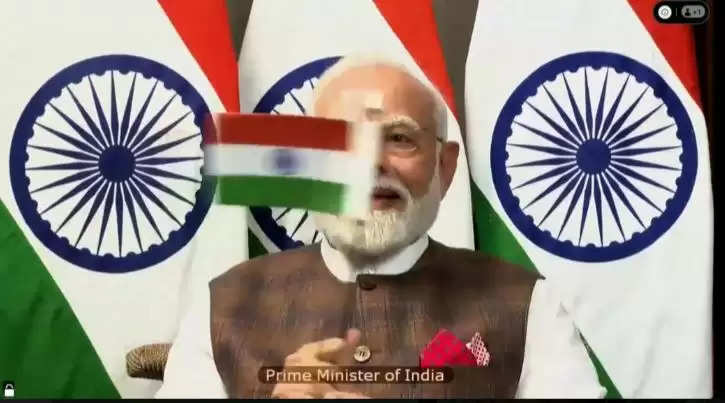Chandrayaan-3 with all its glory lands on Moon successfully
The landing, as expected happened at 1804hrs IST....
Today 23 August goes down as India's biggest tryst with space exploration. The much awaited Chandrayaan 3 landing has been successfully accomplished by the ISRO team. An effort of decades has finally been etched in the annals of history for India and its space exploration aspirations. The lander Vikram completed a successful soft landing on the southern pole of the Moon. The Vikram Lander is carrying Pragyaan Rover. This 40 day mission has etched a new chapter in India's history.
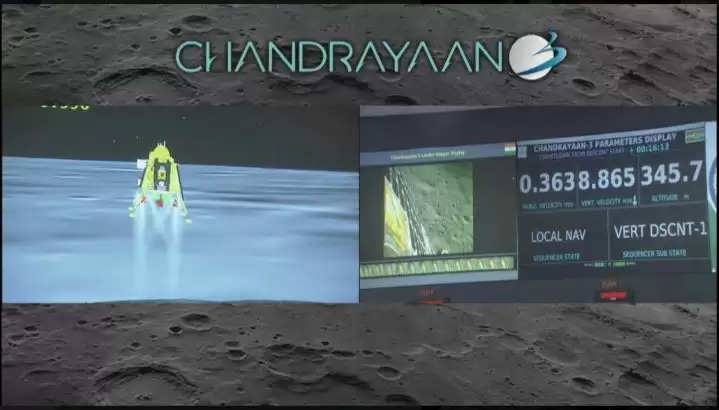
The live telecast of the landing was telecast by ISRO:
At 1804hrs IST, the Vikram Lander kissed the surface of the moon...which emanated in immense euphoria and applause at the ISRO observation deck.
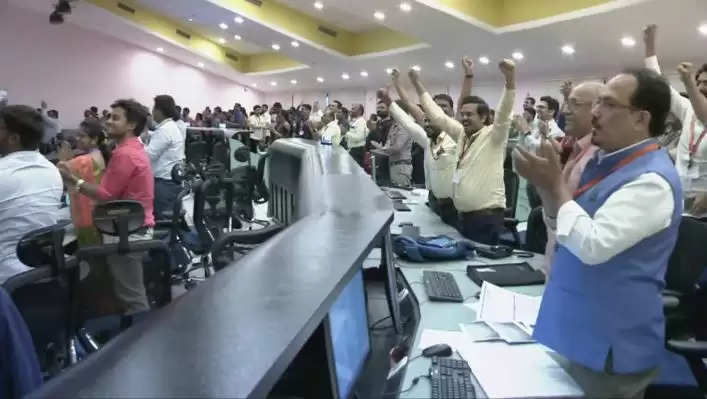
Decades of hard work, tears and sweat came to a succesful culmination today evening, etching India's leadership in Moon and Space exploration, as it joins the select team of three nations, US, China and erstwhile Soviet Union and becomes the first country to land a mission on the southern pole of the Moon.
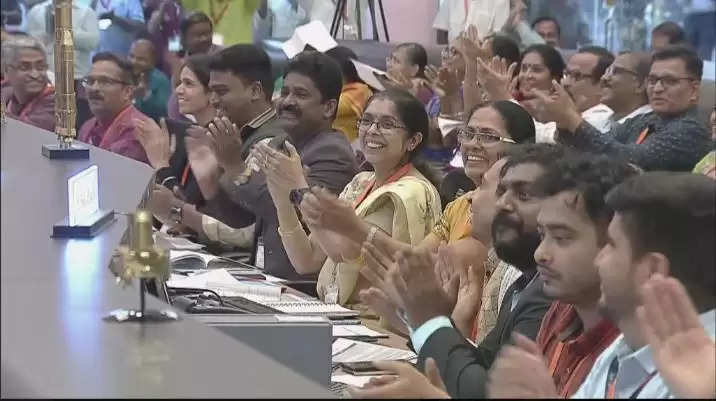
In July 14, 2023, the Chandrayaan-3 mission embarked on its journey using the Launch Vehicle Mark-III (LVM-3) rocket. With a budget of Rs 600 crore, this mission aims to reach the lunar south pole after a 41-day voyage. India will become the third country to have a lunar soft landing. The Chandrayaan-3 mission succeeds the Chandrayaan-2 venture from 2019, during which the Vikram lander unfortunately experienced a crash upon lunar touchdown. This mission's core goal is straightforward: to demonstrate the space agency's proficiency in accomplishing a successful and gentle Moon landing.
Chandrayaan-3 Journey from the Start
- On July 7, 2023, vehicle electrical tests were completed. Citizens were invited to witness the launch from the Launch View Gallery at SDSC-SHAR, Sriharikota.
-
On July 11,2023, the ‘launch Rehearsal’ simulated the entire launch preparation and process lasting 24 hours.
-
On July 14, 2023, LVM3 M4 vehicle was successfully launched Chandrayaan-3 into orbit.
-
On July 15,2023, the first orbit-raising maneuver (Earthbound firing-1) was successfully performed at ISTRAC/ISRO, Bengaluru. That is when the spacecraft was in 41762 km x 173 km orbit.
-
On July 17, 2023, the second orbit-raising maneuver was performed. The spacecraft was in 41603 km x 226 km orbit.
-
On July 22, 2023, the fourth orbit-raising maneuver (Earth-bound perigee firing) was completed. The Spacecraft was in a 71351 km x 233 km orbit.
-
On July 25, 2023, Orbit raising maneuver was performed. Next firing (TransLunar Injection) was planned for August, 1, 2023.
-
On August 1, 2023, the spacecraft was inserted into the translunar orbit. The orbit achieved was is 288 km x 369328 km. Lunar-Orbit Insertion (LOI) was planned for Aug 5, 2023.
-
On August 5, 2023, Chandrayaan-3 was successfully inserted into the lunar orbit. The orbit achieved was 164 km x 18074 km, as intended.
-
On August 6, 2023 LBN#2 was successfully completed. The spacecraft was in 170 km x 4313 km orbit around the moon.
-
On August 9, 2023, Chandrayaan-3's orbit was reduced to 174 km x 1437 km following a manuevre performed on August 9, 2023.
-
On August 14, 2023, The mission was in the orbit circularisation phase. The spacecraft was in 151 km x 179 km orbit.
-
On August 16, 2023, The spacecraft was in an orbit of 153 km x 163 km after the firing on August 16, 2023
-
On August 17, 2023, Lander Module was successfully separated from the Propulsion Module. Deboosting planned for August 18, 2023.
-
On August 19, 2023, The Lander Module was in 113 km x 157 km orbit around the moon. Second de-boosting was planned for August 20, 2023
-
On August 20, 2023, The Lander Module was in 25 km x 134 km orbit. Powered descent was expected to commence on August 23, 2023, around 1745 Hrs. IST
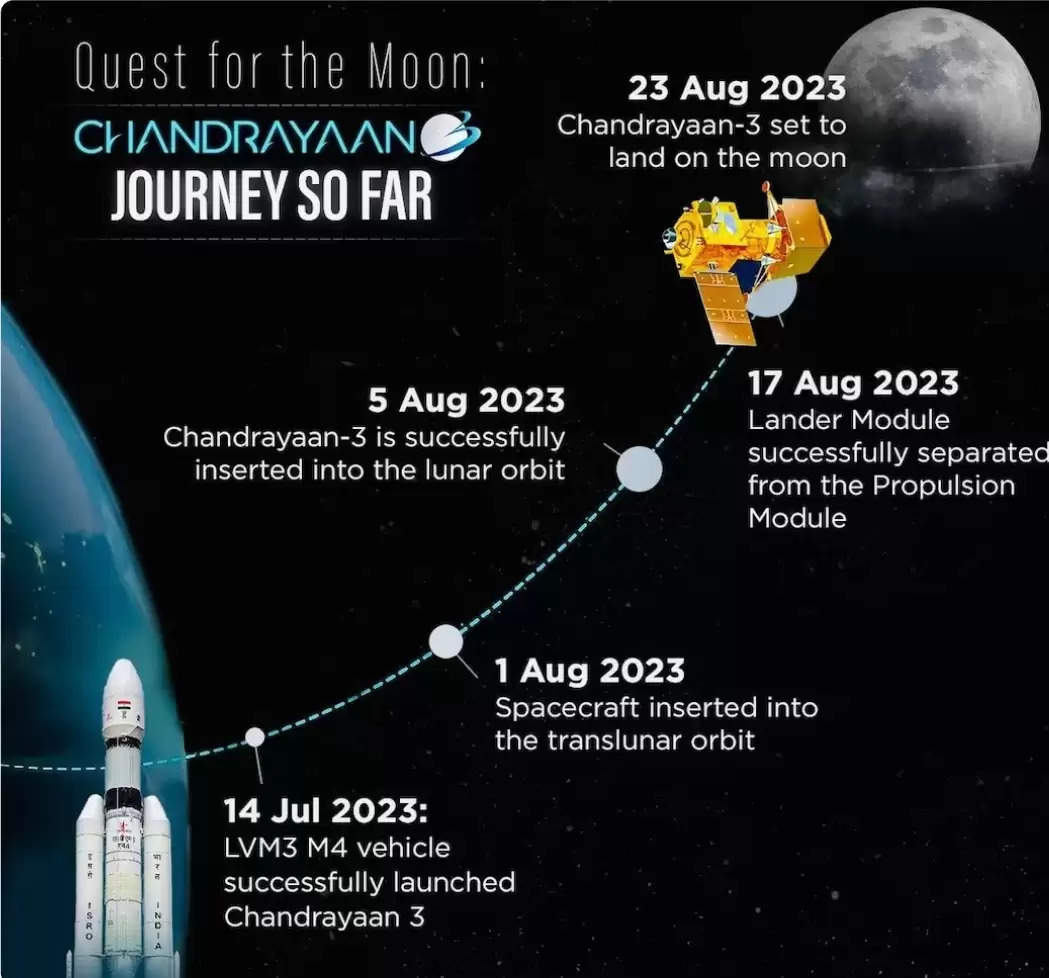
People behind India's historic moon mission
The team led by S Somanath, the Chairman of ISRO, includes key members such as the Project Director of Chandrayaan-3 and the Director of the Vikram Sarabhai Space Centre (VSSC).
Lander Vikram
Chandrayaan-3 encompasses an indigenous Lander module referred to as Vikram. Vikram possesses the capability for a smooth landing at a designated lunar location and is accompanied by a Rover designed to conduct on-site chemical analyses of the lunar terrain as it moves. Both the Rover and the Lander are equipped with scientific instruments to conduct experiments on the surface of the Moon.
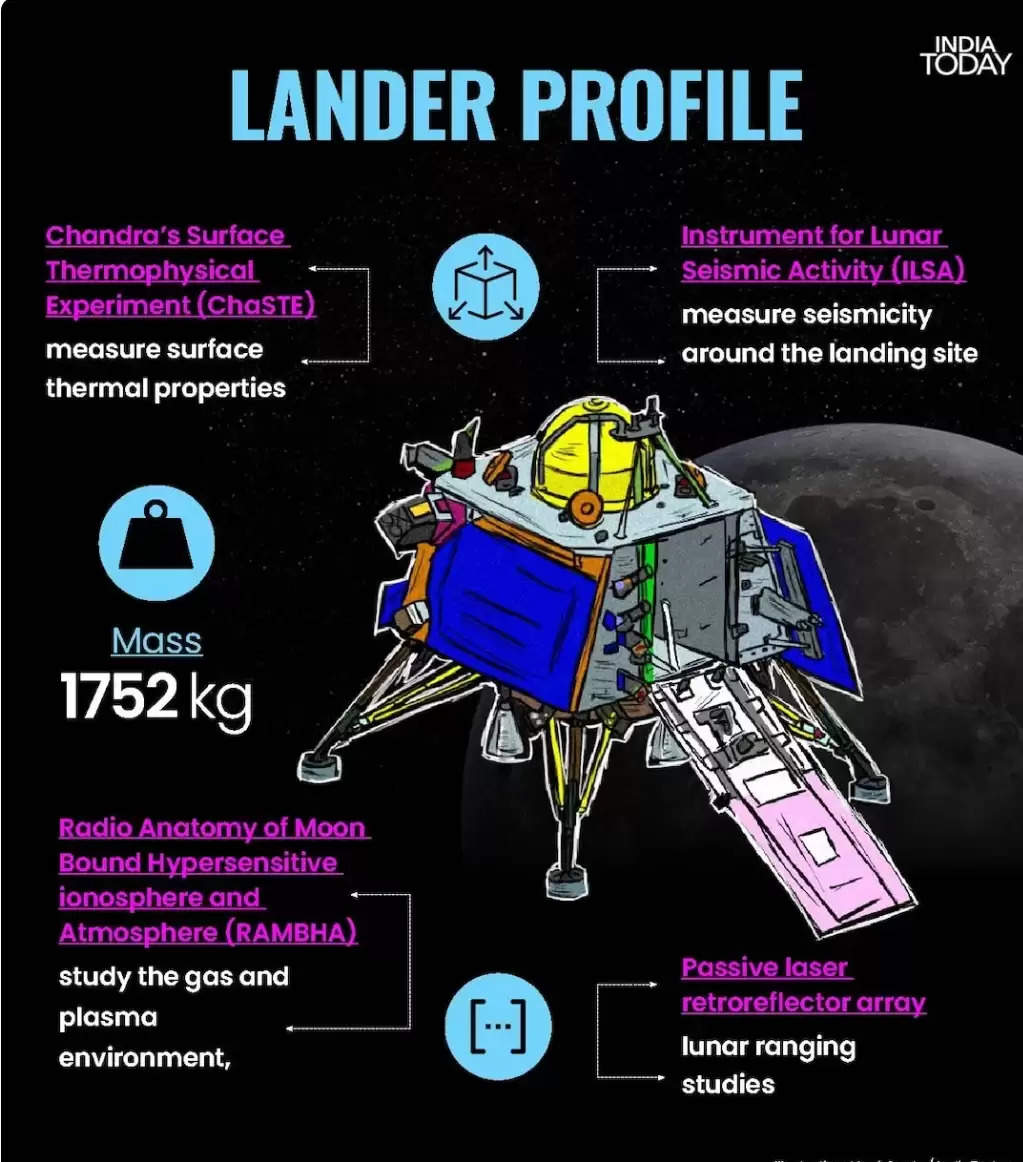
The government led by Prime Minister Narendra Modi is actively seeking to boost investment in the realm of private space launches and associated satellite-based enterprises. India is aiming to enhance the market presence of its private space companies by a significant factor, aiming for a fivefold increase in their global launch market share within the upcoming decade. During the launch of the moon mission, PM Modi expressed that the Indian Space Research Organisation (ISRO) is embarking on a fresh narrative in India's space journey. He highlighted that this endeavor is not only advancing scientific pursuits but also uplifting the aspirations and desires of every individual in the nation.
In the event of a successful Chandrayaan-3 mission, experts anticipate that India's space industry will leverage its reputation for cost-effective engineering. The Indian Space Research Organisation (ISRO) accomplished this mission with a budget of approximately $74 million. In contrast, NASA is projected to allocate around $93 billion for its Artemis moon program until 2025, according to assessments by the inspector general of the U.S. space agency.
Researchers are intrigued by historical reservoirs of water ice on the moon due to their potential to yield insights into lunar volcanoes, substances transported to Earth by comets and asteroids, and the genesis of Earth's oceans. Should these pockets of water ice prove substantial, they could serve as a potential water source for lunar exploration and aid in equipment cooling. Furthermore, they could be disintegrated to generate hydrogen for fuel and oxygen for breathing purposes, consequently bolstering missions to Mars or facilitating lunar mining endeavors.
To join us on Facebook Click Here and Subscribe to UdaipurTimes Broadcast channels on GoogleNews | Telegram | Signal



